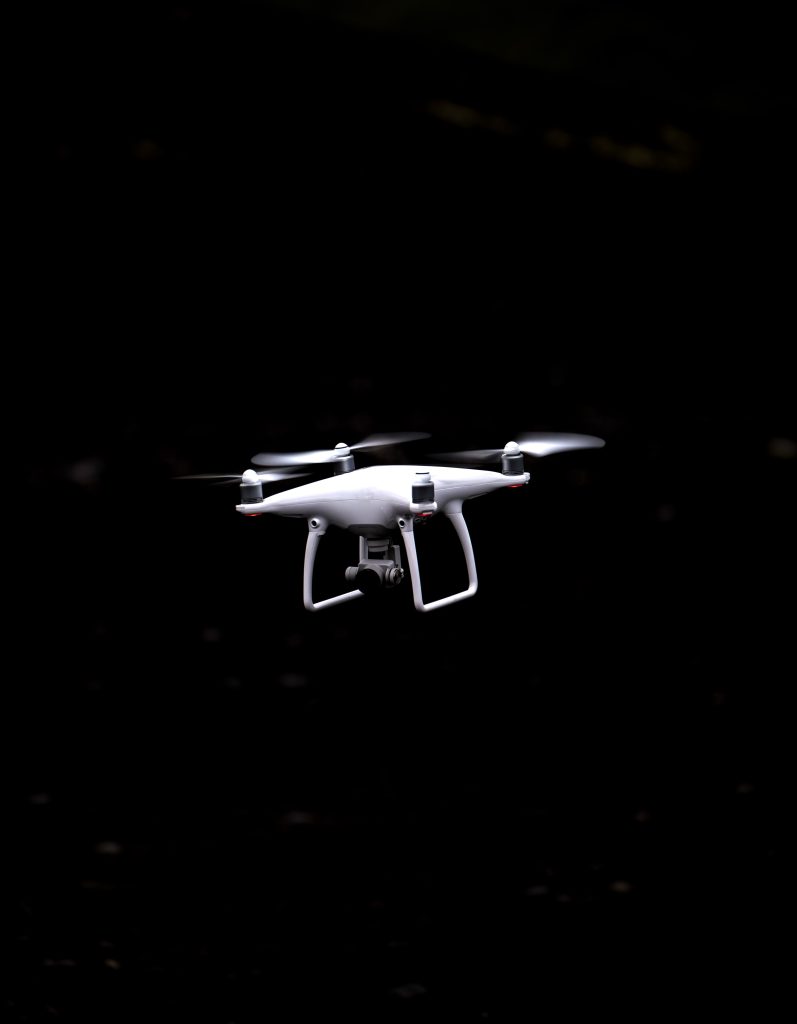The process of conducting a surveying technique is swapped by the innovation of the latest techniques so that it can be able to deliver. Drone related to ground-penetrating radar (i.e., GPR drone) is making these things more possible.
This automation is making the fieldwork much safer and more efficient on challenging terrains to work, which is really vicious for surveyors. Over here, we’ve devised the prime welfare of its latest improvement for land developers, construction engineers, and lots more. GPR drone is more accurate, efficient, versatile, and safer to perform – when placed on lightweight UAVs.
How an aerial surveying work with drones?
Whenever a drone or UAV takes off, the inbuilt software automatically on-board the drone and starts recording the sequel from the ground penetrating radar. The technicians can view the radar status and closely observe the surveying information through a remote device when it’s flying. Magdrone R4 which is the prime example of a GPR drone is programmed in a pattern to fly over an exact grid pattern which is the place of the survey. The information captured by these drones is transferred to the ground control software once they’ve landed.
Welfares of using GPR drones: –
In recent times the upheld of drones has touched many industrial fields, like agriculture, mining, utilities, warehouse, and construction as well. So, the welfares are impeccable for surveying, while new applications are being discovered all the time. The gospel about GPR drones is that they can be transported more straightforwardly, while their autonomous fly makes them a standard tool for many projects.
Accuracy/ Exactness: –
Modern drones like the Magdrone R4 can fly at low-altitudes near the ground-surface with targeted precision. These drones, for airborne surveying and inspecting, can provide a better data resolution for surveying and photography. The quantification that was done by the GPR equipment is perfectly lethal, and the quality of the documentation is high. The outcomes are equivalent, if not more precise, than traditional surveying methods.
Competence: –
With the utilization of this automation, technicians can effortlessly discover those areas that they need to survey and can also save some time in reaching that location. They can also be utilized in covering even substantial areas or challenging topography, in accumulating the data needed in a fraction of the time. Finishing projects quicker and using fewer intrusive processes also signifies the reasonable cost of the methods as well.
Security: –
This drone mechanism facilitates help in the safe mapping of terrain and property. So, the survey technicians can use them remotely to handle the tenacious conditions and challenging-terrains. By functioning from a distance, they can send these UAVs into environments that are unsafe and dangerous for manned-vehicles or humans to travel. Therefore, it aids in lowering the possibility of accidents and injuries on the job and related delays.
Versatility: –
With the help of this drone automation in land surveying, the range of accessing the land broadly increases. Surveying crews can access places now that might be previously impossible to cover without large, specialized equipment.
So, here are some of examples how drones are being put to work in our industry.
- Land surveying,
- Mapping underground infrastructures,
- Thermal imaging,
- Bathymetry,
- Laser scanning.
For UAVs, there is no problem in surveying busy roadways, flooded areas, or congested cities. By placing the GPR on a UAV, it’s feasible to see below the surface of the soil, ice, rocks, building, and other structures. The GPR inbuilt system of a drone can also be used to measure the depth of freshwater and frozen surfaces or profile the bottom of bodies along with lakes, ponds, and rivers.
Whenever construction crews use to map the underground infrastructure, they can have accurate, till-date info on existing structures. Therefore, being aware of where the concrete sewage channels and tunnel lie below the surface before beginning to uncover them is a precious advantage.
Imaging: –
Aerial surveying can deliver added assets that are beneficial in the planning and development phases. High-resolution ground images and aerial views of terrain or urban areas are instances of the imaging power that drones provide.
So, the most recognize facts that GPR drones use: –
- The regulations of GPR are not fixed; since the current rules are subject to review and revision.
- The current regulations were based on the rationale that GPRs must operate on or near the ground. (Ground coupled operation minimizes emissions to the air, and this rationale was a significant factor that allowed the current controlled use of GPR).
- Insufficient use that causes interference may trigger a review of GPR regulations with possible banning of GPR devices to the detriment of all users and manufacturers.
The Epilogue: –
Therefore, these are all about the benefits of GPR drones. As drones are a crucial element for surveying and mapping the ecosystem, the actions that they conduct are vastly essential in executing these operations virtually and efficiently. The ground penetrating radar drone sensor systems are among some of the many sensor systems that are helping to make UAVs more and more capable with each passing day.
